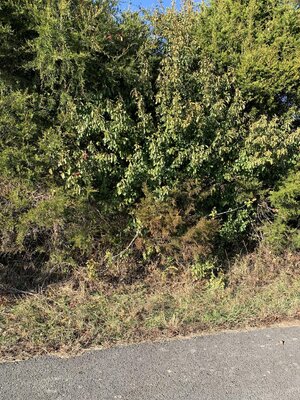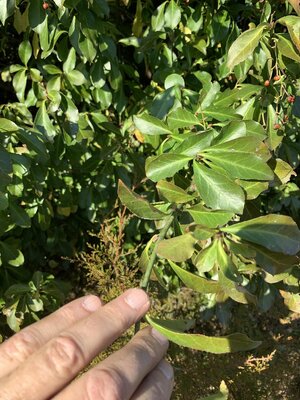jlane35
Well-Known Member
I’m glad you posted about your arrowwood viburnum being browsed heavily. I thought that’s what I had planted but the tags blew off. And when I researched arrowwood everything said deer don’t browse it.
I’m glad you posted about your arrowwood viburnum being browsed heavily. I thought that’s what I had planted but the tags blew off. And when I researched arrowwood everything said deer don’t browse it.
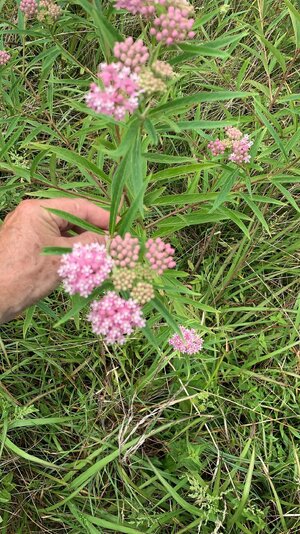


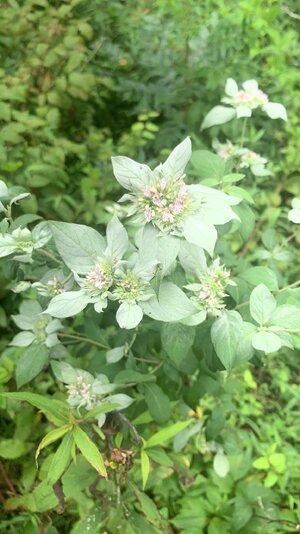
Native you probably would like following this guy. Shows some really cool native species and promotes their plantings. Mostly southern stuff but some mid Atlantic. I’m sure he can be found elsewhere than FB
https://www.facebook.com/reel/1477110392724878?fs=e&s=cl
Sent from my iPhone using Tapatalk
Native - Been an inspiration following this thread to the point that I’ve become somewhat proficient at identifying plants at my place. Problem with being 66 is that I have to see em bout 10 times before I can commit em to memory. I use the Seek app and it’s the best I’ve found at identifying plants for me.
We have a lot of Lizard’s Tail in wetland areas. I dont see wood ducks seeking it out. They may eat the seed when they happen to be in the area - but I dont see concentrations of them where lizard’s tail is plentiful. I have not noticed beavers using it - but our beavers vanished quite a few years ago and even though we have a lot of lizard’s tail on our place - we havent had beavers in six or eight years.I have a new one for you guys that's in a marsh on my dad's farm - not in my prairie. It's called Lizard's Tail (Saururus cernuus). I've never been able to find out much about this plant. It's in a big colony in a wet spot, and I have read that beavers and wood ducks feed on it. I have also read that Native Americans had some medicinal uses for it. A strange looking plant, and I don't remember seeing it anywhere else I have ever been.

We have a lot of Lizard’s Tail in wetland areas. I dont see wood ducks seeking it out. They may eat the seed when they happen to be in the area - but I dont see concentrations of them where lizard’s tail is plentiful. I have not noticed beavers using it - but our beavers vanished quite a few years ago and even though we have a lot of lizard’s tail on our place - we havent had beavers in six or eight years.
Yep. Certainly not 100% accurate. Identified a monarch month and western swallow tail butterfly today with the app. I get somewhat of a kick riding through the fields and woods with kids and wife and being able to identify many more plants and now butterflies than I could years ago. Keep posting!Glad you are enjoying it TC. My memory is definitely not getting better with age. Sometimes I see something, and it's 2 or 3 minutes before I can think of the name. I agree that those new apps are really nice. They get things wrong sometimes, but overall are very good.
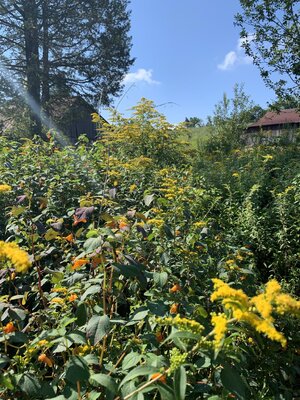
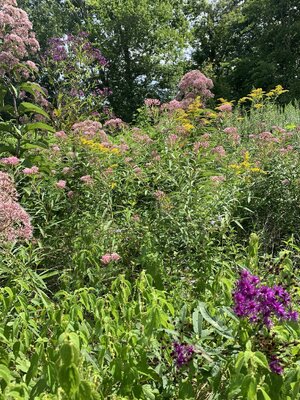
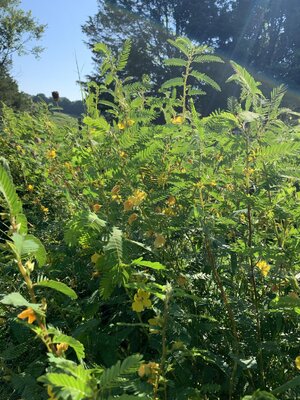


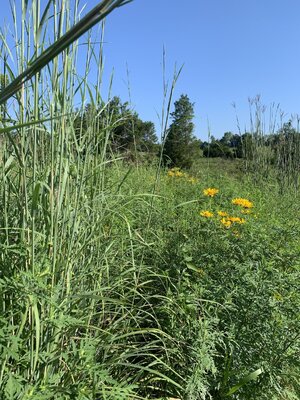
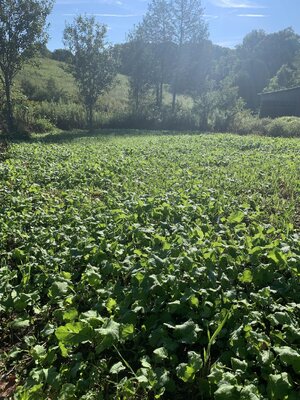
Very nice! I’m finally starting to get some good ones on my place too. Been a lot of saw work to push forward the native browse. Jewelweed is one that’s made a good leap forward this year.
Sent from my iPhone using Tapatalk
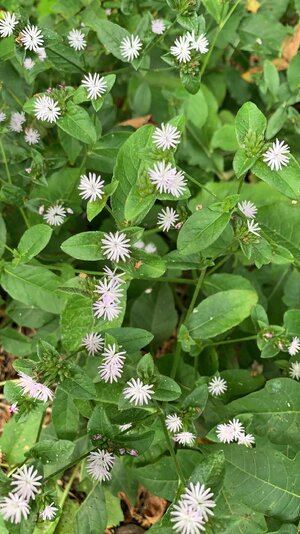






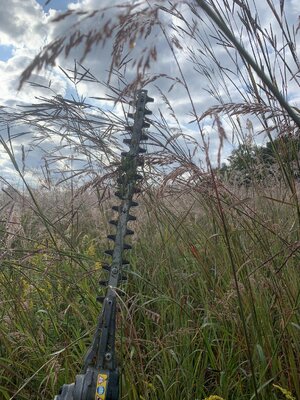
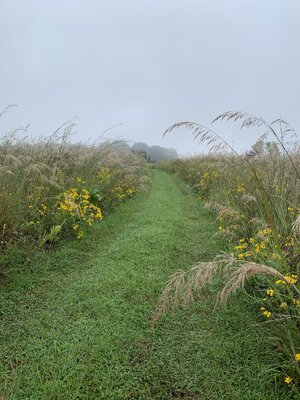
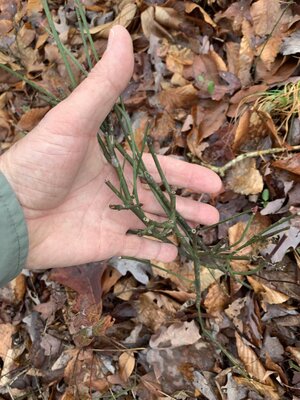
I have worked in areas similar to what you have going on but unfortunately don’t really own any of that type land even though Home 10 (30) is the closest we have to it and I believe it is because as I was growing up it was cattle pasture and some of that hoofed fertilizer helped out. Here on the hollow the shallow flint ground doesn’t seem very conducive to plants like this and I hope with some clearing and a little bovine help it gets better. What is the background of your place?

